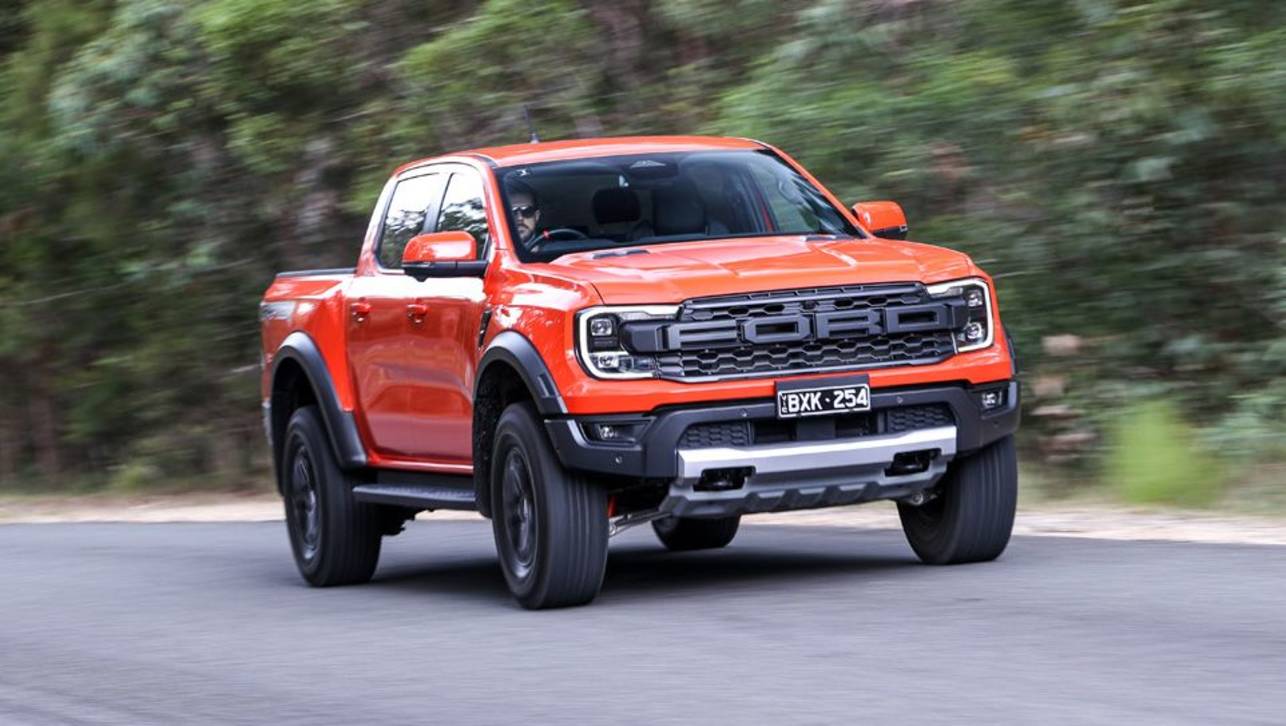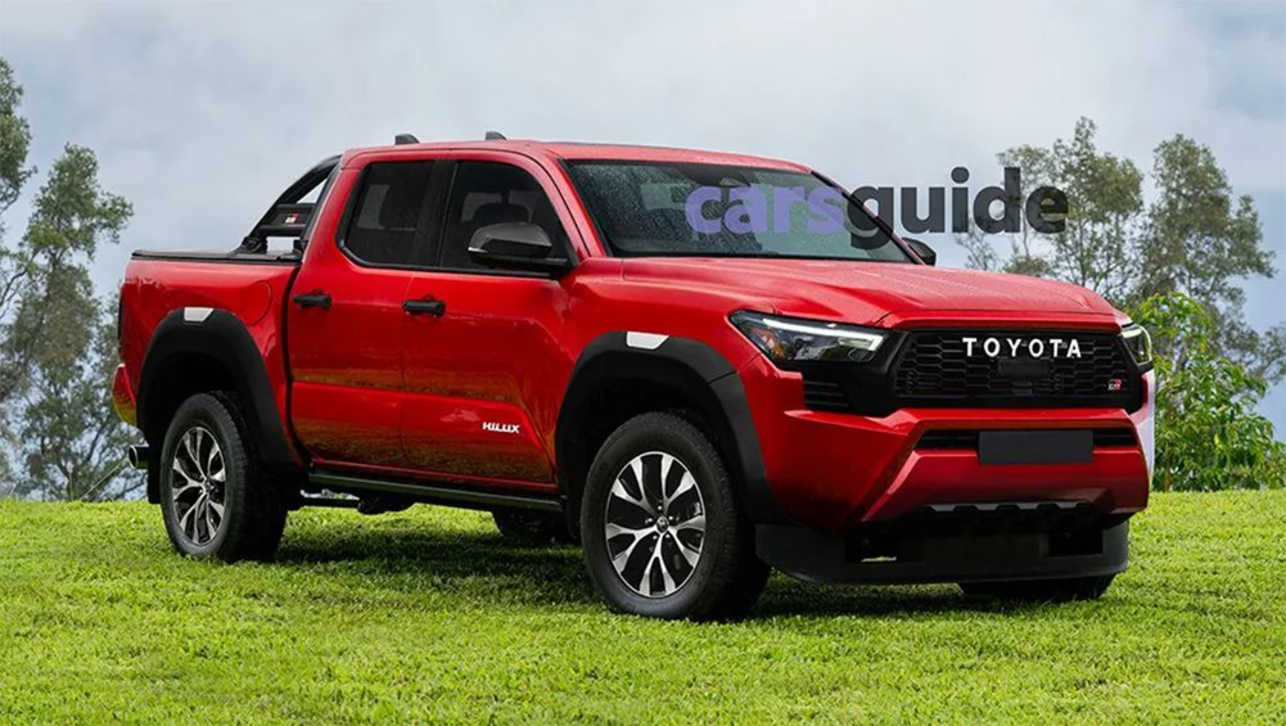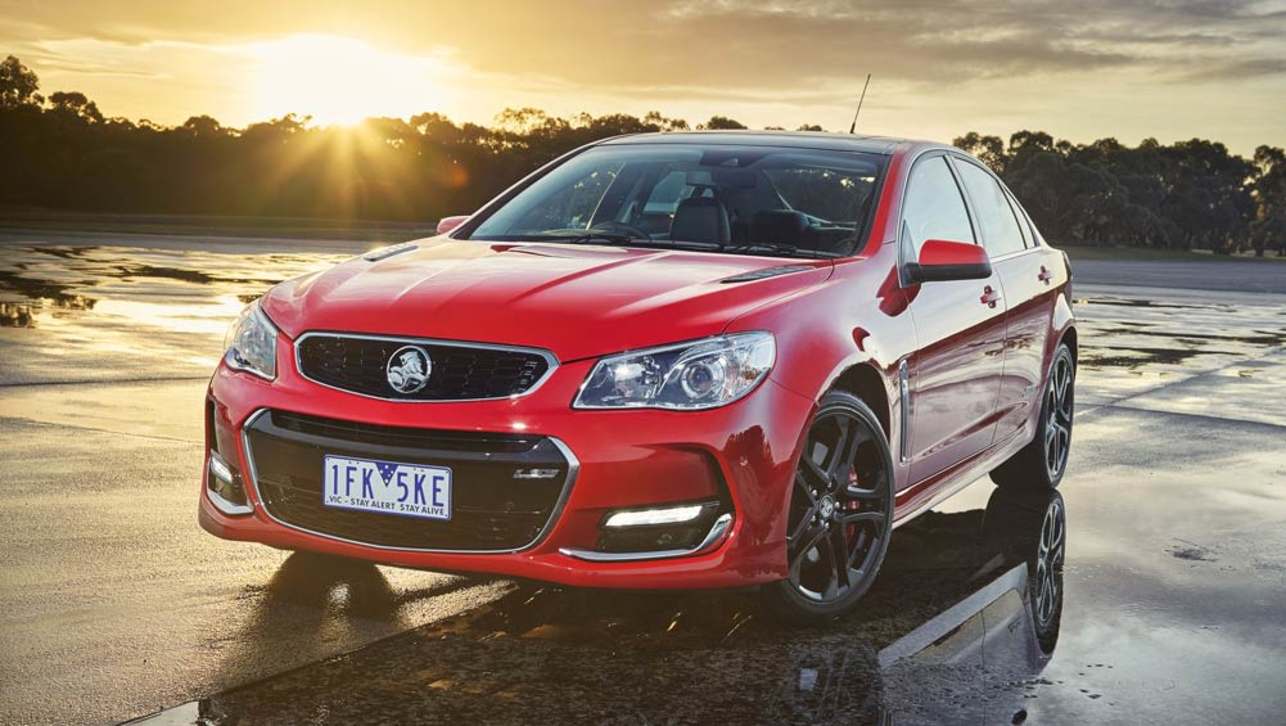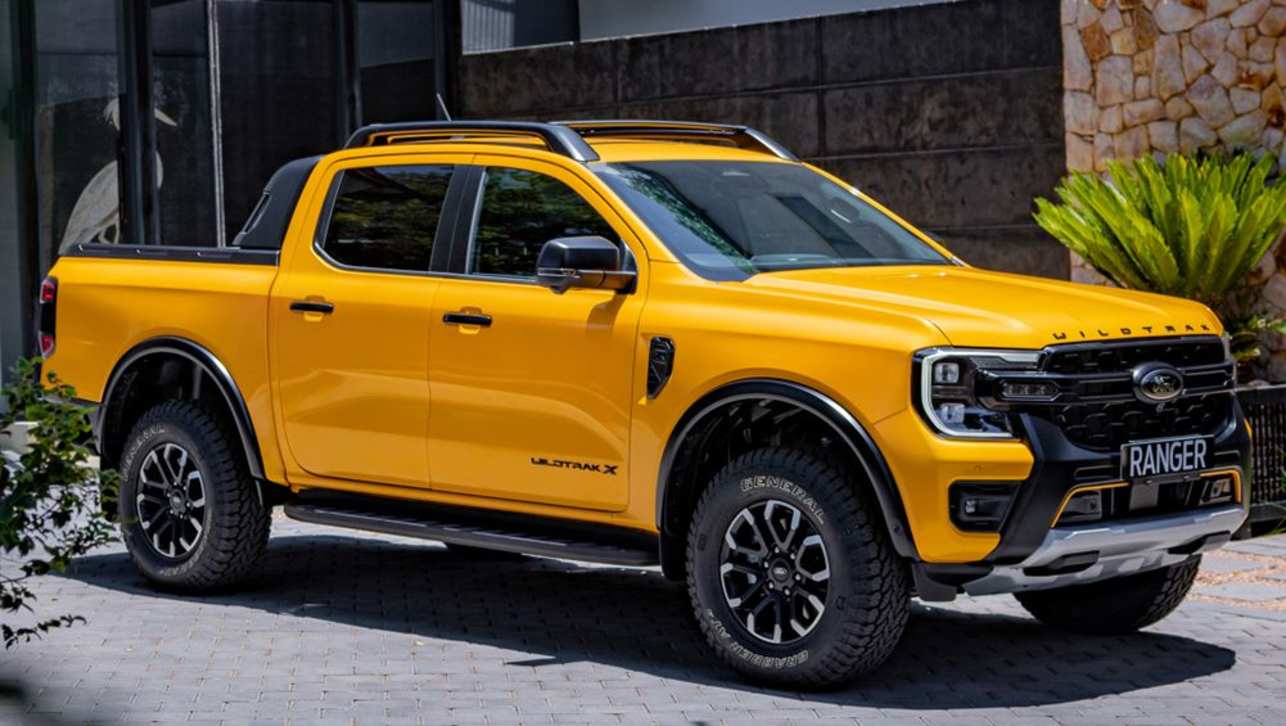Emotions ran high as union officials revealed Holden workers voted “yes” to new wages and conditions "in a clear majority". But the manufacturing future of the company won’t be guaranteed until after the Federal election.
The good news was delivered by a glassy-eyed John Camillo, the SA secretary of the Australian Manufacturing Workers Union, in front of the Holden factory. Mr Camillo, who had to pause at times to gather his composure, said: “It’s been a very tough time for our members and their families (but) these workers have voted and now it’s time for politicians to come forward and show their support for the industry”.
Mr Camillo said he would not reveal the exact split in favour of the new terms but emphasised: “A very clear majority. It was a strong vote, a positive yes. They really wanted to vote no but at the end of the day they know they’re voting for their future … to keep this company going for 10 years. We now call on the Coalition and the Government to support the car industry.”
The 1700 employees at the Elizabeth assembly line voted in favour of the new workplace agreement which will see wages capped for three years, require a faster turnaround time on overtime shifts and new restrictions on annual leave, among other changes.
Mr Camillo conceded workers didn’t have “much of a bargaining chip” because car factory wages were being reviewed globally. The vote won’t be complete until the deadline passes for their colleagues in engineering and at the engine factory in Victoria to vote on the new deal over the next three days -- even though it does not directly apply to them.
The Victorian workers are allowed to vote on the changes affecting South Australian colleagues because it falls under a national Enterprise Bargaining Agreement. But the vote is not compulsory and unions have advised that the 1000 workers in Victoria are unlikely to vote on the deal.
“The stewards want to respect the rights of South Australian workers to determine their future,” said Dave Smith the national secretary of the Australian Manufacturing Workers Union vehicles division. “We are going to recommend to our members that they abstain from voting. They are mindful of the difficult circumstances the SA workers are in. But the variation (to the workplace agreement) only applies to them so it’s only fitting that they decide their future. If it’s a close call we don’t want to influence it either way.”
The deadline for the vote in Victoria is late on Friday afternoon. However Holden’s future won’t be secure until some time soon after the Federal election on September 7. Holden boss Mike Devereux and General Motors’ global head of manufacturing Tim Lee are due to meet with the government of the day some time in September.
The clock is ticking for Holden and General Motors because the company must begin laying the groundwork for future models later this year and over the summer break. The new workplace agreement is due to commence in November – providing Holden recommits to investing $1 billion in assembling two new cars over the next 10 years. Holden announced its future was secure until 2022 in March 2012 when it received $275 million in Federal and State funding.
But the company says market conditions have changed since then and plans to apply for further funding. Given that Ford said double the amount of government investment was not enough to make its local manufacturing operations viable, Holden is understood to be asking for at least another $275 million. That would mean taxpayers would fund about half the development of two new models. Previously the public purse has contributed about a quarter of the cost.
Holden has its eye on surplus funds in the Automotive Transformation Scheme, which has $3.4 billion set aside to assist the car industry to 2020. There are believed to be untapped funds in the ATS because the output of local car makers is lower today than when the terms were set in 2009. The ATS pays car makers based on a number of factors including vehicle output and investment and are estimated to subsidise about $2300 per car.
This reporter is on Twitter: @JoshuaDowling







.jpg)


.jpg)
.jpg)


.jpg)




.jpg)


.jpg)







Comments